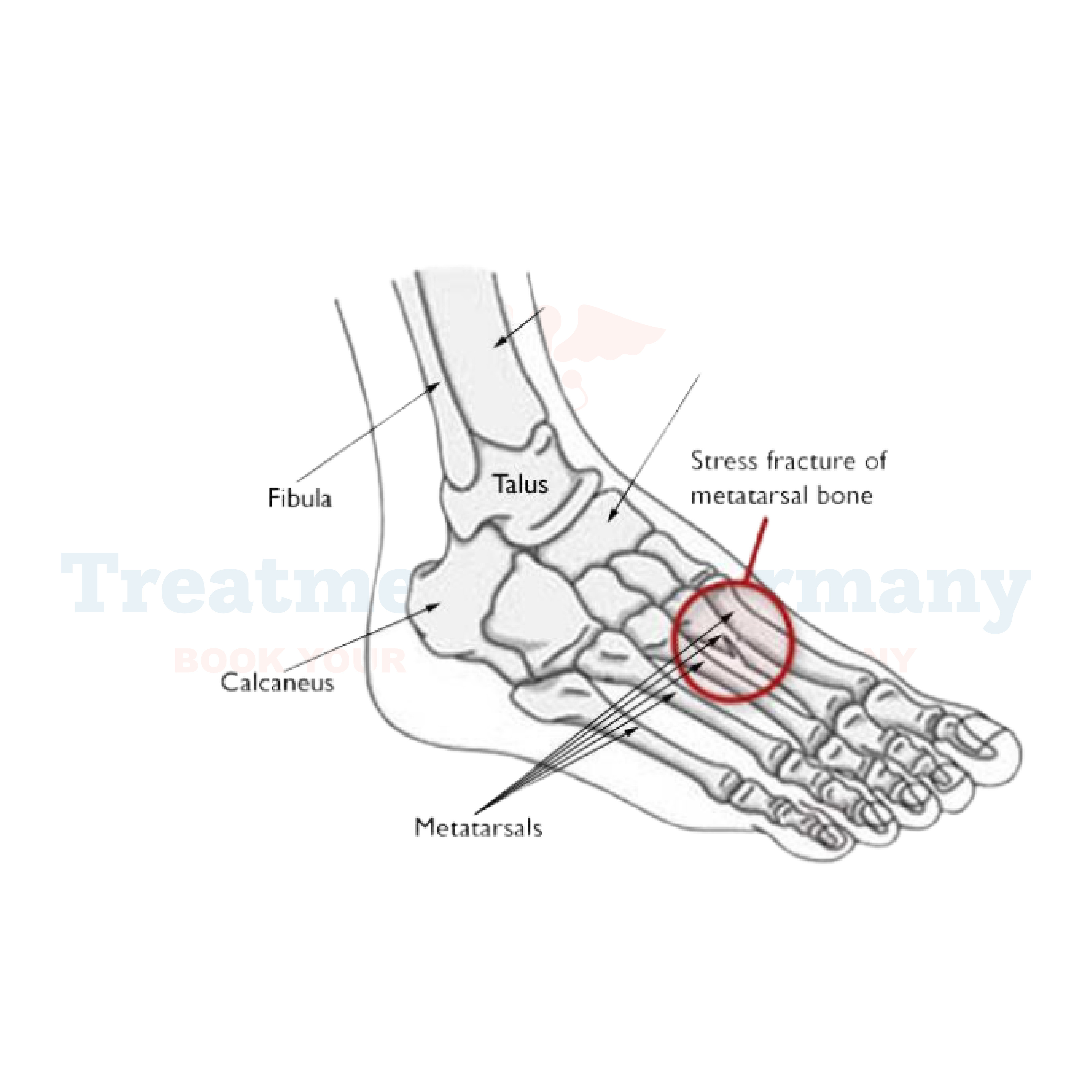What are Stress Fractures?
Stress fractures are tiny cracks or hairline fractures in bones, often caused by repetitive force or overuse. They commonly occur in weight-bearing bones like the legs and feet, as well as in bones that undergo repetitive stress, such as those in the hands and spine.
Side Effects of Stress Fractures
Identifying stress fractures early is crucial as they can lead to significant discomfort and affect daily activities. Common symptoms include localized pain that worsens with activity and improves with rest, tenderness, swelling, and sometimes bruising around the affected area.
How are Stress Fractures Diagnosed?
In Germany, diagnosis typically involves a thorough medical history review and physical examination. Imaging tests such as X-rays, MRI scans, or bone scans may be ordered to confirm the presence and location of the fracture.
Doctors may also perform specific tests to rule out other conditions and to determine the extent of the injury.
Potential Treatment of Stress Fractures
Treatment of stress fractures aims to relieve pain, promote healing, and prevent further complications. Depending on the severity and location of the fracture, treatment may include:

.webp)
.webp)
 (1).webp)
 (1).webp)

.webp)
.webp)
 (1).webp)
 (1).webp)
